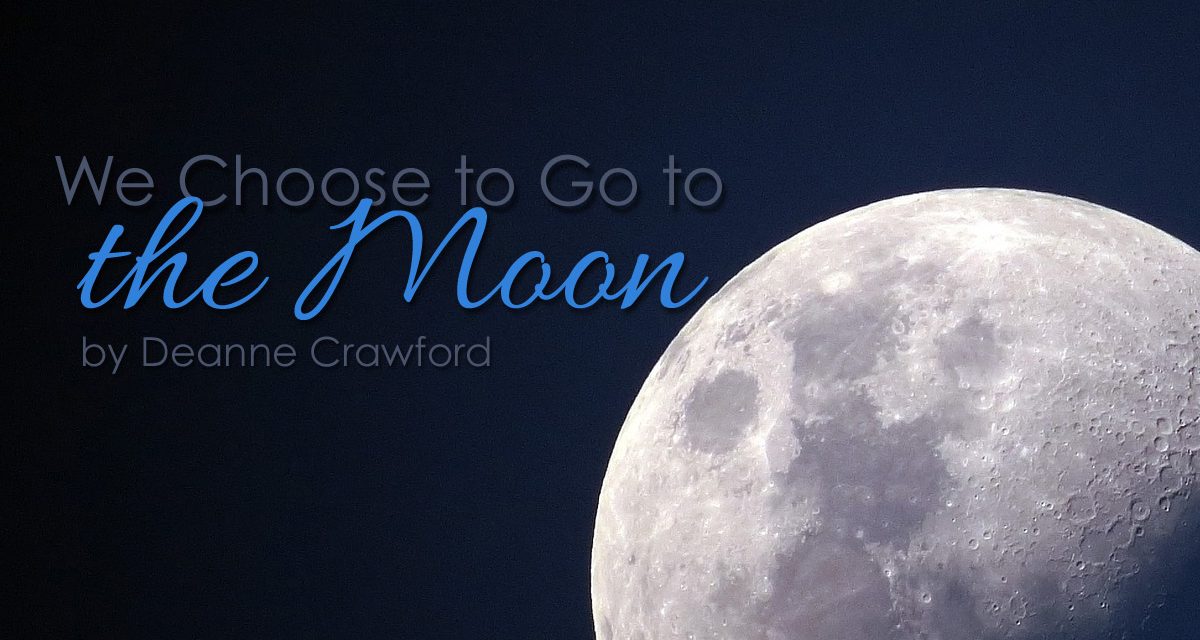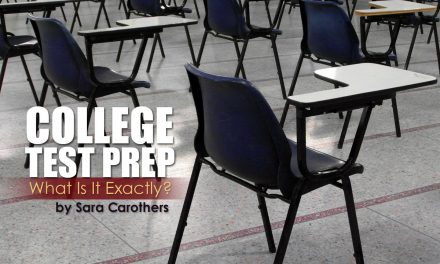Inspiring a nation to work together, President John F. Kennedy knew the task ahead to be challenging. So much so, he declared, “We choose to go to the moon… and do other things, not because they are easy, but because they are hard….” This week, we celebrate 50 years since man first stepped out of a space craft and made “one small step for [a] man; one giant leap for mankind.” Our family-friendly unit study this month considers the historical importance of this moment and adds fun activities for children to explore the space experience.
Elected in 1961 during the Cold War, President Kennedy envisioned a new world that included civil rights for all people, world peace through service, the end of tyranny and communism, and American leadership in space travel and technology. Each of these ideals is worthy of study; I encourage your family to learn more as time permits.
Eight years after President Kennedy rallied a nation, Apollo 11 launched on July 16, 1969, with three crew members aboard: Commander Neil Armstrong, lunar module pilot Edwin (Buzz) Aldrin and command module pilot, Michael Collins. Four days after launch, the Apollo 11 spacecraft, comprised of three units, separated into two spacecraft: the command module/service module and the lunar module. The Command/Service Module (CSM) Columbia was the primary home of the astronauts. Similar in size to a car, there was room for three astronauts to sleep and move. The Smithsonian Institute offers an amazing 3D simulation of the Command Module. Separating from the CSM was the two man Lunar Module named the Eagle. With space for 2 astronauts and their equipment, the lunar module was designed to fly only in the vacuum of space, was not aerodynamic and did not have a heat shield to protect during reentry. Once launched into space, it could not return to Earth.
The Eagle’s journey from the command module to the moon took approximately 3 hours. ABC’s coverage of the landing reveals the excitement and fear of the time. It may be helpful to remember this was man’s first visit to the moon. Many were unsure of what would happen when they left the earth’s atmosphere to walk on the moon. Would the Eagle sink into the moon sand never to be seen again? Were others living on the moon? While we knew the moon was not made of cheese, astronauts and NASA scientists did not know what to expect. Apollo 11’s mission was to be the first to put man on the moon, but astronauts also had the job to extensively photograph the moon and perform science explorations and experiments. Learn more about the lunar landing with this infographic at Space.com. Younger children will enjoy creating a spaceship out of a large electronics/appliance box. Many retailers make these available for free.
What was it like to walk on the moon? First, let’s learn about the special clothes astronauts had to wear. Before leaving the command module, Buzz Aldrin and Neil Armstrong put on a spacesuit. Carefully designed, the spacesuit is made of many parts. It provides oxygen and water, plus keeps astronauts from being too hot or cold. It also protects from injury. Watch this informative video from Adam Savage on how astronauts wear the pieces of the spacesuit. Encourage imaginative space play with a child-size spacesuit. You can purchase an astronaut suit or if you are feeling crafty, make one with commonly found items following the instructions here.
Now that you are properly dressed for space exploration, you are ready to step foot outside your spaceship. The first thing you will notice is that the moon’s gravity is 83% less than the earth. What does that mean? Earth’s gravity is what keeps you on the ground and causes objects to fall. In space there is little gravity. Everyday activities like sitting, walking and picking things up from the ground are impossible in space. Once a spacecraft reaches orbit, everything inside it becomes weightless and if not tied down, it will float, including the astronauts! While it sounds fun to float in space, it impacts our body. Without the effect of gravity, blood begins to pool in the head, causing stuffiness and headaches. Living without gravity also causes muscles and bones to weaken quickly, which led NASA to require a daily 2 ½ hour exercise routine for all astronauts in space. You can watch astronauts exercising on the International Space Station here.
What do you think it would have been like to step onto the moon’s surface? In an interview with Scholastic Teacher, Buzz Aldrin shared: “The surface of the moon is like nothing here on Earth! It’s totally lacking any evidence of life. It has lots of fine, talcum-powder like dust mixed with a complete variety of pebbles, rocks, and boulders. Many pebbles, fewer rocks, and even fewer boulders naturally make up its surface. The dust is a very fine, overall dark gray. And with no air molecules to separate the dust, it clings together like cement.” Spending 2 ½ hours outside the module, the astronauts set up a TV camera to send images back to earth. They also set up a solar wind experiment, planted an American flag, accepted a phone call from the President, and collected 50 lbs of rock samples! They accomplished a lot in a very short period of time! As time (and interest) permits, you may enjoy NASA’s restored video of that first moon walk or watch the Apollo 11 mission highlights here. Once the mission was accomplished, the astronauts returned to the lunar module to rejoin the command module and make the journey home. On July 24, 1969, Apollo 11’s historic trip ended. Watch Apollo 11’s return to earth here. While our study has focused on the highlights of this historic moment, visit NASA: Apollo 11 to learn more or visit NASA’s Mission X: Train Like an Astronaut.
It is my prayer that this study is a blessing to your family. I would love to hear your unit study stories or ideas for future unit studies. You can email me at dcrawford@rainbowresource.com





